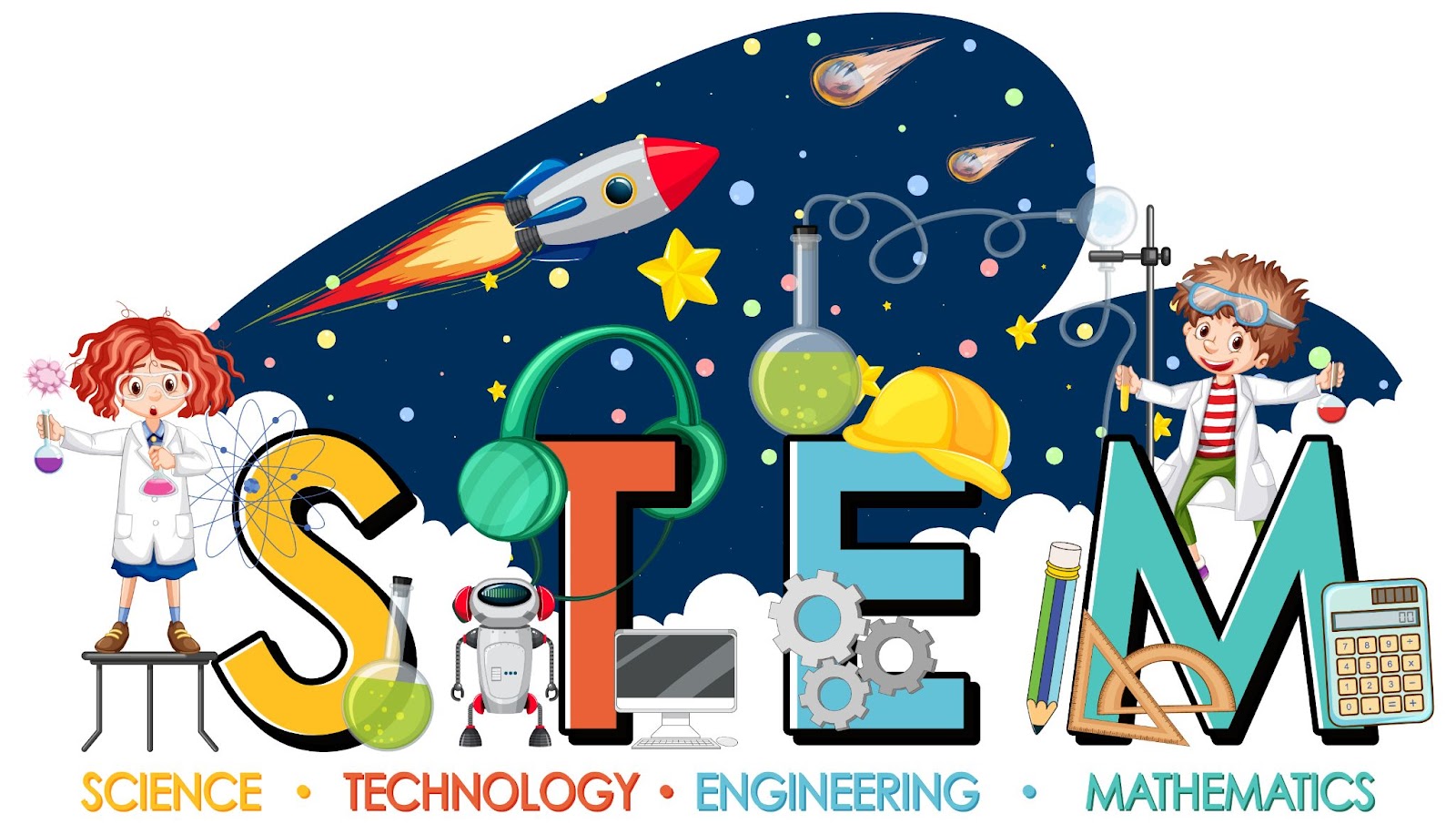Effective Public Communication in Home Schooling

Effective Public Communication in Home Schooling
Public communication plays a crucial role in the world of home schooling, allowing families to connect, share experiences, and contribute to a broader educational community. In this article, we’ll explore the significance of public communication and how it enhances the home schooling journey.
Building a Supportive Network
One of the key benefits of public communication in home schooling is the opportunity to build a supportive network. Online forums, social media groups, and community events enable parents to connect with others on a similar journey. Sharing insights, seeking advice, and providing support fosters a sense of community that can be invaluable during challenging times.
Sharing Success Stories and Challenges
Public communication platforms provide a space for home schooling families to share their success stories and challenges. Whether it’s a breakthrough in a challenging subject or a creative teaching approach that worked wonders, these shared experiences inspire and offer practical insights. Likewise, discussing challenges allows for collective problem-solving and empathy.
Facilitating Collaborative Learning Opportunities
Public communication in home schooling opens the door to collaborative learning opportunities. Families can organize joint projects, virtual study groups, or even local meet-ups. This collaborative approach enhances the educational experience for children, providing diverse perspectives and fostering a sense of teamwork.
Advocating for Home Schooling Rights
Public communication platforms serve as a powerful tool for advocating home schooling rights. By sharing the positive outcomes and benefits of home education, families contribute to a broader understanding within society. Engaging in informed discussions helps dispel misconceptions and promotes the legitimacy of home schooling as a viable educational choice.
Connecting with Educational Resources
Public communication acts as a gateway to a wealth of educational resources. Home schooling parents can discover new teaching methods, curriculum recommendations, and online tools through community discussions. This constant flow of information ensures that home schooling remains dynamic and adaptable to the evolving needs of students.
Navigating Legal and Administrative Matters
Home schooling often involves navigating legal and administrative matters, and public communication platforms provide a space to exchange information on these topics. From understanding local regulations to sharing experiences with administrative processes, these discussions empower families to make informed decisions and navigate the legal aspects of home schooling.
Celebrating Achievements and Milestones
Public communication allows home schooling families to celebrate achievements and milestones. Whether it’s a child mastering a difficult concept or reaching an academic milestone, sharing these successes fosters a positive community spirit. Celebrating achievements, big and small, reinforces the sense of accomplishment within the home schooling community.
Providing Emotional Support
The home schooling journey can be emotionally demanding at times, and public communication platforms offer a space for emotional support. Sharing personal experiences, offering encouragement during challenging periods, and providing a listening ear create a supportive environment that enhances the overall well-being of home schooling families.
Looking Ahead: Home Schooling Public Communication Resources
For a comprehensive guide on effective public communication in home schooling, visit Home Schooling Public Communication. This resource offers practical tips, communication strategies,







